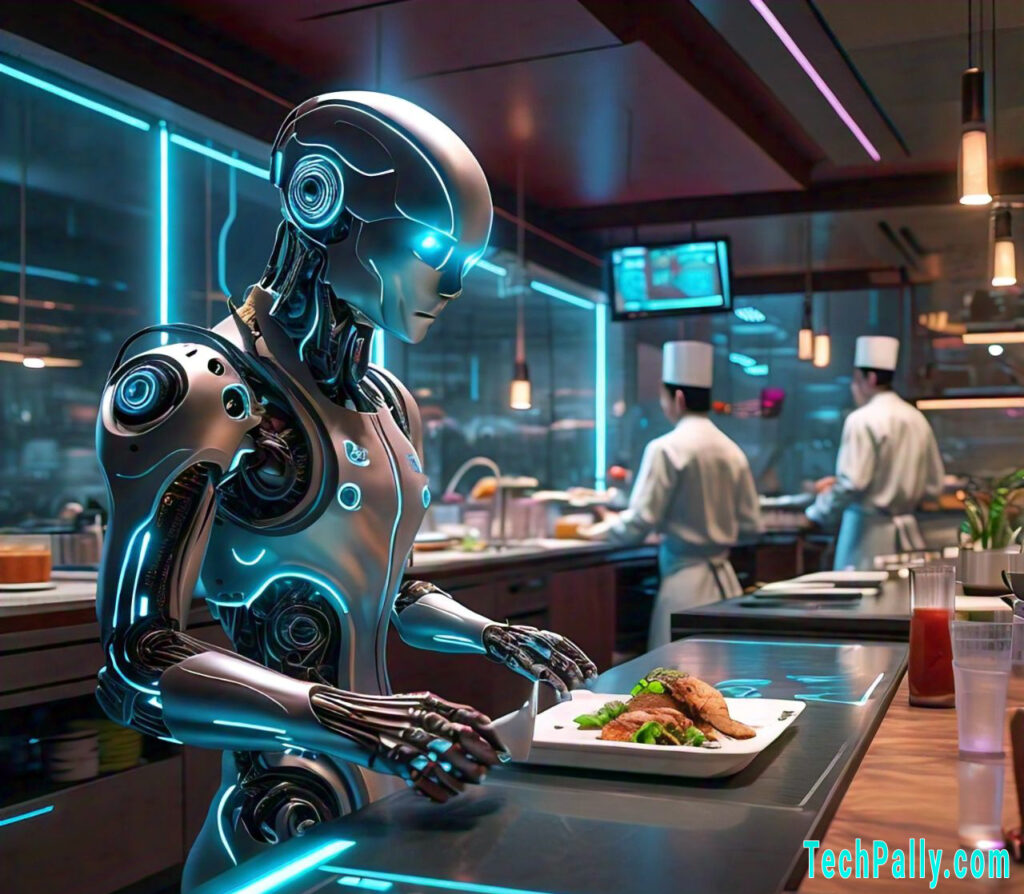Top 5 Ways Technologies are Changing the Restaurant Industry

The restaurant industry has relied on the same old business model where they get customers and serve them food.
However, even though the business model is still at the heart of every restaurant, the industry has been evolving with the help of technology.
Technology in the restaurant industry is not only affecting the business owners but customers as well.
Below are five technologies that are changing the restaurant industry.
1. Bluetooth temperature sensors
Most restaurants lose up to 5% of all their food due to spoilage. This amount can have a large impact on the profit margins.
Traditionally, the temperatures would be recorded manually on clipboards which could create confusion.
Bluetooth temperature sensor systems will wirelessly record temperature reading in HACCP records, so employees do not have to do it.
The sensors also automatically measure the temperature hence preventing misrepresentation of daily reports by staff members.
2. Optimized scheduling software
Creating a schedule that works for all employees and their shift requirements is time-consuming and close to impossible. The whole can be be done via internet.
When scheduling is done manually, restaurants risk losing time and resources not to mention the confusion and human error that might arise from doing it manually.
The optimized scheduling software frees up time for the restaurant manager, time that would have been otherwise used to make a schedule manually. The employees also have a better way to get their schedules on time every week, making them more productive.
3. Digital Inventory tracking
Proper management of inventory is crucial for any business, but it is critical in the restaurant industry. Failure to properly manage inventory could result in some issues including overstocking or shorting necessary ingredients.
With a digital inventory tracking system, you get the most out of the business, and it also reduces waste. Modern inventory tracking systems help restaurants automate and optimize their supply chain.
Most inventory tracking systems are capable of integrating with the existing point of sale system giving an accurate and updated list of inventory.
4. Tabletop tablets/ kiosks
Over the last few years, there has been a new tabletop fixture next to the ketchup bottles; tablets. They have become a common sight in most restaurants, and it seems they are here to stay.
The tabletop tablets are meant to speed up service by enabling diners to perform certain tasks without having to wait for a server or a waiter.
The tablets make it possible for diners to place their order and pay but they also have games that a guest can play during their meals.
5. Virtual reality onboarding
Training can be an expensive part of onboarding especially if it is given the attention it needs.
Restaurants have started using virtual reality training on new employees. Using virtual reality not only reduces the cost of training but also improves the speed of learning as well as information retention.
For a restaurant with multiple locations, they can use the tool to ensure consistent training throughout all the different locations.
Technology has had an impact on different industries, and the restaurant industry has not been left behind. Various restaurants are using technology not just to improve customer experience but to also increase their profit margins.





